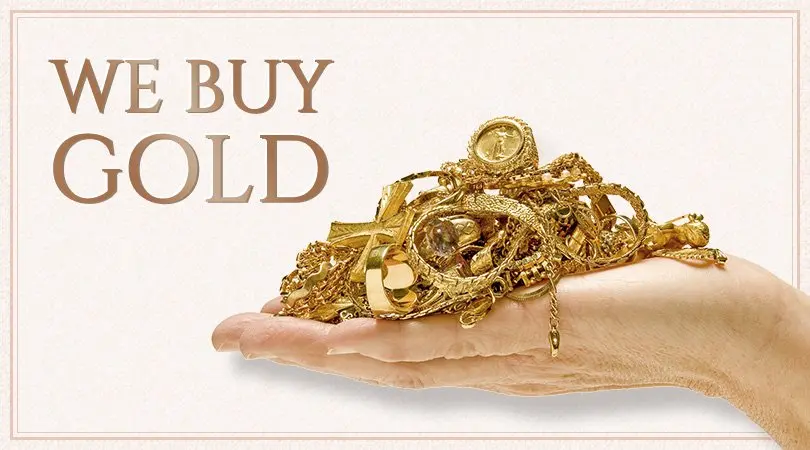Unveiling the Secrets Behind the Valuation Procedure Used by Gold Buyers
Wiki Article
The valuation procedure used by precious metal purchasers is an crucial subject for individuals interested on disposing of gold. Understanding how precious metal is assessed may assist sellers formulate knowledgeable choices and ensure they receive a equitable price. Precious metal purchasers generally utilize several key elements for ascertain an worth of gold items, including fineness, mass, plus current trading valuations. All of these plays a important role during this overall assessment procedure.
A among first first steps in this valuation process is evaluating the purity in a precious metal. Precious metal fineness is assessed in karats, where twenty-four karat being pure precious metal. Most precious metal ornaments tends to be not 100% while it may can consist of ten, 14, or eighteen karats. A higher a karat number number, the more gold content the item has. Gold purchasers commonly employ a assessment method, such as acid testing and electronic assessments, for ascertain its fineness of the precious metal. This step is crucial because it immediately influences an item's value. For instance, example, a twenty-four karat gold item will be worth greater than a fourteen karat piece, even if they weigh the weight.
Another mass in a precious metal piece is another key element of this valuation procedure. Precious metal can be generally weighed in grams and troy ounces. Buyers shall measure a gold for compute its worth according to its fineness. This mass gets combined by its gold's fineness ratio to find an amount of pure gold in a item. For instance, if a fourteen karat precious metal band has a mass of 10 grams, it contains about 5.83 grams grams in 100% precious metal. This computation helps purchasers ascertain the amount of buyers are willing to pay in exchange for the piece.
Present market prices also have an significant role in this appraisal of precious metal. The valuation for precious metal fluctuates according to availability plus market needs, economic conditions, and international occurrences. Precious metal buyers keep a careful watch over such trading fluctuations for ensure they provide fair prices. They often refer at a go to the website current valuation for precious metal, that represents a present market price of instant delivery. This price may change every day, therefore buyers must stay informed to offer accurate assessments. Vendors should likewise be aware about these market fluctuations, as they can influence a valuation they receive in exchange for their precious metal.
Finally, a state and quality in a precious metal piece may affect its worth. Distinctive designs, brand names, plus cultural significance can each add to the value for a item. For, one finely made gold chain by a famous brand may fetch a higher price compared to one similar piece without a brand name. Buyers shall take into account these elements when making an bid. Vendors should spend the time to polish and showcase their gold pieces well, as it may positively affect a buyer's view and the final price.

To conclusion, the valuation process used from precious metal buyers includes various key elements, including purity, weight, current market prices, and the state in a item. Comprehending these factors can help sellers navigate the selling process more effectively. By being informed about how gold is valued, vendors can guarantee sellers obtain an fair price for their gold items. Regardless of whether disposing of jewelry, currency, and additional precious metal items, awareness about this valuation process remains crucial to formulating smart financial decisions.